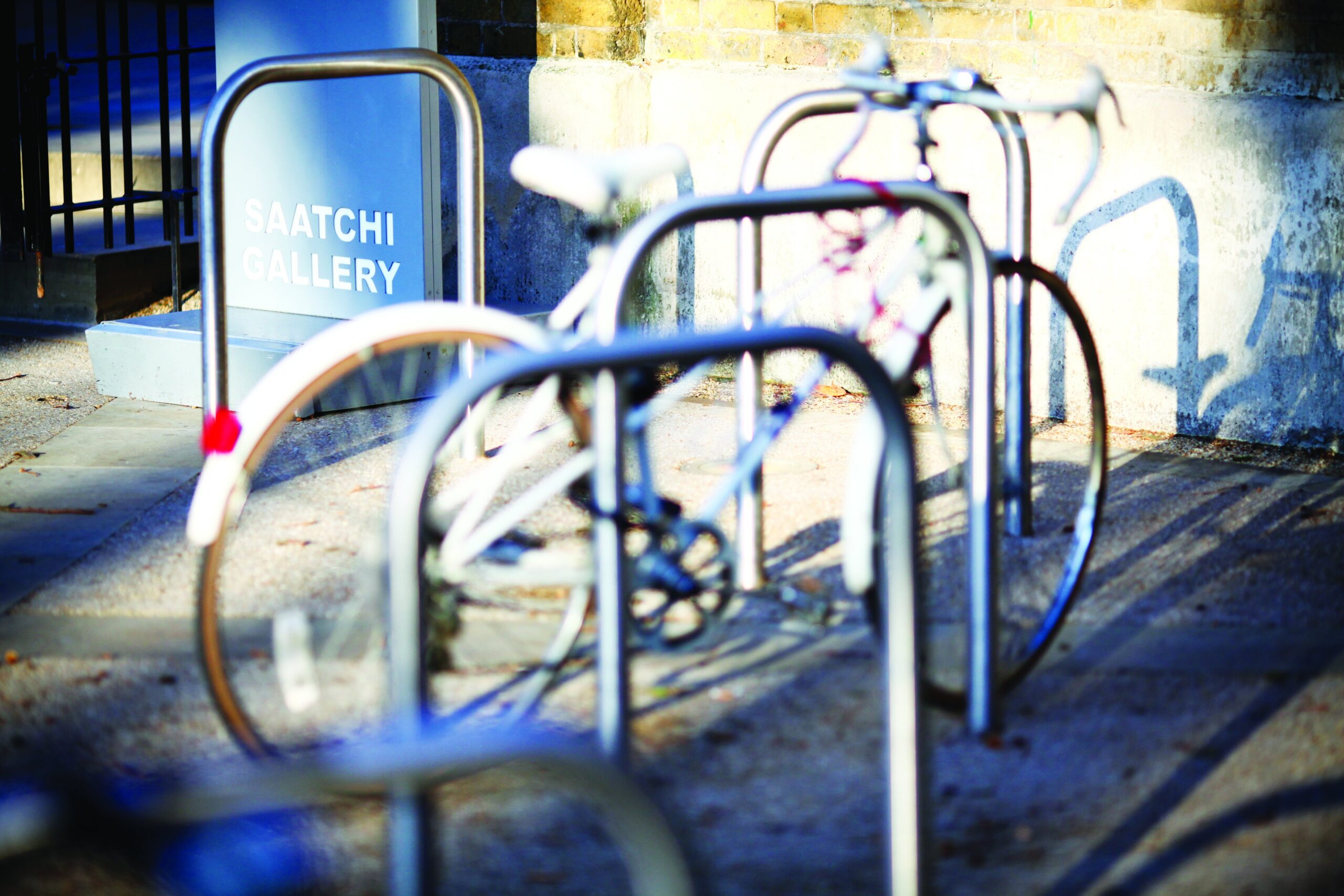
Photo: © PHOTO Alys Tomlinson
Shaping places
By working with artists and arts organisations, developers can gain the support of both local communities and planners. Alex Homfray explains how
Have you heard the one about the artist, the developer and the planner? In the arts world, any narrative linking these three usually focuses on the threat of property development. The artist makes a run-down neighbourhood desirable, attracting the developer who puts up bland new buildings while increasing rental levels. The planner gets to negotiate a modest planning gain to fund local amenities. Affordable housing or a new school inevitably trumps arts provision. But what if the developer’s financial muscle and the artist’s sensibility can be brought together under a shared vision to create inspiring places? And what if council officers facilitate and curate this process, without necessarily using the heavy hand of planning gain?
The Royal Borough of Kensington and Chelsea’s new ‘Cultural Placemaking’ proposals put this to the test. Written with Futurecity and BOP Consulting, the proposals recognise that culture underpins the Royal Borough’s appeal as well as its residents’ quality of life and its economic success. So the proposals aim to put culture at the heart of future development across Kensington and Chelsea.
As the public sector can no longer always be the lead funder of culture, the proposals set out to engage developers directly. This approach is based on a new analysis of London’s appeal as a world capital for culture, which highlights the importance of relatively small Creative Districts spread across the city.
Neighbourhoods such as Soho, Shoreditch, Notting Hill and Camden focus and exemplify London’s cultural production and consumption, each in its unique way. They offer authenticity and diverse experiences that attract business owners, investors and visitors – and not just creative types. As a consequence these places are desirable and economically robust, while needing careful stewardship to preserve their special qualities.
The same is true of places throughout the UK, from Norwich to Manchester’s Northern Quarter. The Creative District concept is a fresh way to analyse the success factors involved and to reappraise the roles of council officers, developers and artists in shaping these places.
The Cultural Placemaking proposals view all of Kensington and Chelsea as a portfolio of existing and potential Creative Districts. Local developers are challenged to think imaginatively about their sites, forming partnerships with the arts sector to deliver a vibrant cultural life backed up by suitable amenities. They are asked to think strategically about how each site contributes to the Creative District it is located in as well as to the portfolio of Creative Districts across the borough.
The outputs of this approach might include artist commissions for new facades or street furniture, heritage trails, new cultural trusts endowed with property assets, creative workspace, temporary residencies, partnerships with local festivals and arts providers or support for recent graduates.
There are many examples of individual developer-led schemes to draw on. For instance, Kings Cross Central features the new Central Saint Martins College of Arts and Design plus the King’s Place concert hall, and hosts site-specific performances, such as ‘Electric Hotel’ by Sadler’s Wells. Its developer, Argent, is targeting the arts to rebrand this lost quarter of London. (Argent pioneered this approach in Brindleyplace in Birmingham a decade ago.) The house builder St James has commissioned work from artists such as Claire Woods, Richard Wilson, Peter Newman, the Bloor Bothers and Ekkhard Altenburger on recent schemes. In Brighton, the new Dance Space is being delivered through a partnership between South East Dance, the local council and Cathedral Group PLC. South East Dance was awarded £925,000 by Arts Council England to invest in the facility.
Developers are keen to embrace the arts because, in the current market, they know they must bring forward schemes that are genuinely distinctive. They need to build strong relationships with the community and to avoid costly local objections. Working with artists and arts organisations can help with both. Arts programmes animate sites and keep them attractive during extended development timetables.
At a time of weak demand among the office and retail sectors, subsidising arts tenants is preferable to empty units that will put off housebuyers and investors. In Kensington and Chelsea, the Borough is inviting developers to take inspiration from Cultural Placemaking and to bring forward suitable proposals. Council officers are open to discussing what might work on specific sites and to brokering developer/arts partnerships that maximise quality and local relevance.
Feedback from developers and the arts sector will influence future council policy and help to formalise the application of Cultural Placemaking across the Royal Borough. The ultimate test is whether artists and creative talent – local, national and international – continue to find a natural home in Kensington and Chelsea. We are all waiting to see how this bold move could redefine the relationship between the artist, the developer and the planner
Join the Discussion
You must be logged in to post a comment.